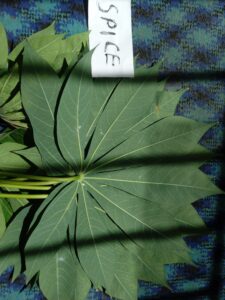Garri, a popular West African food staple, is made from cassava tubers. The process begins by harvesting mature cassava roots. After harvesting, the cassava is peeled to remove the outer skin, washed thoroughly, and then grated or crushed into a mash.
The mashed cassava is then bagged in porous sacks or placed in a press to remove excess moisture. This step helps in extracting the liquid, leaving behind a coarse, wet mash. The extracted liquid may be left to settle for a few hours, allowing the starchy sediment to settle at the bottom.
Subsequently, the settled sediment is sieved to remove any remaining fibrous materials, and the resulting fine pulp is spread thinly on large flat trays or mats for drying. Traditionally, this drying process occurs in the sun, but modern methods might involve mechanical dryers.
Once dried, the cassava pulp is roasted in a large pan or over an open fire. Continuous stirring ensures even roasting and prevents burning. The roasted pulp is stirred until it achieves a dry, coarse texture, resulting in the final product known as Garri.
Garri can be stored in airtight containers and used as a base for various meals or reconstituted with water to create a popular snack. Its versatility and long shelf life make it a significant part of West African cuisine.





No comments yet, be the first to leave one!